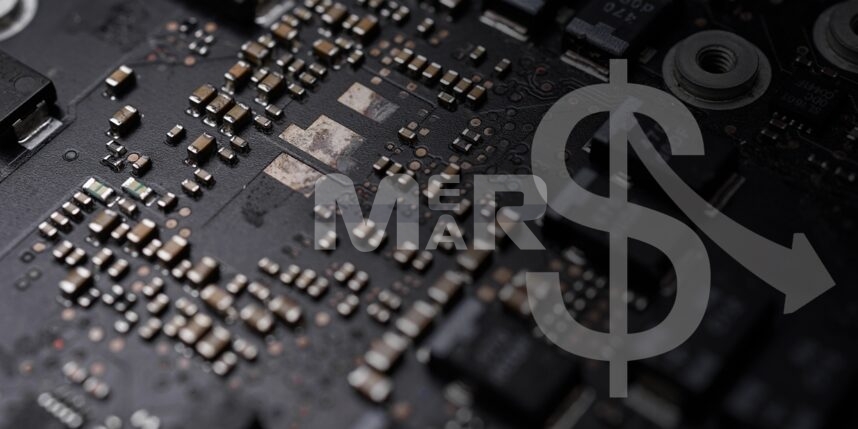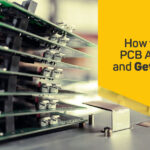Smart Tips to Cut Down PCB Assembly and Manufacturing Cost!

Irrespective of whether it is a small order to create a prototype or a production run that involves a high volume, it is must to know PCB cost reduction technique and important to be able to offer reduced costs of PCB assembly and fabrication without negatively impacting quality. While this could mean evaluating each project and PCB design on a case-to-case basis to figure out which features could be leading to high costs and if there is a way to alter them to reduce cost without impacting functionality, there are also some thumb rules that can be followed that can impact cost.
YOU MAY ALSO LIKE: Make Low-cost PCB Prototype
1. Avoid Single Sourcing
Ensure that for each component, you provide more than one source. This will ensure that you can compare costs across sources. Also, this will prove advantageous if you have quality issues with any one source as there would be other options readily available. The advantage also accrues in cases where you have to deal with large lead times when it comes to a particular supplier.
What is important in optimizing costs, therefore, is to perform a thorough analysis of the Bill of Materials. It will particularly help to look at the expensive components and find multiple vendors for them. It can also help to look for cheaper substitutes that could impact the cost.
2. Flexible Panelization
It is far more economical to maintain flexibility in PCB panelization rather than keeping to your original designs as that could come at a higher cost. It is best therefore to ensure that panelization is optimized to the needs of the PCB manufacturer.
Design choices, such as blind and buried vias, vias on pads, board material, and more are other things to look out for. If blind/buried vias can be removed, for example, there can be a substantial cost saving. Additionally, it helps to go in for ENIG finish on the PCB as it is often a standard finish that is included in the pricing.
3. Set up Material Cost Reduction Committees
With priorities of design, engineering and purchase departments being hugely different and often conflicting, it becomes imperative to set up material cost reduction committees. The committee can actively look for high value cost reduction opportunities as their KRA. These committees can also identify critical components for which single sourcing can be avoided.
4. Adjust Order Value
Adjusting order volume is also another way to control price as usually order volume is inversely proportional to the price. Therefore, taking the organization’s situation into account along with taking stock of what kind of orders you can consolidate and place can help you optimize costs. For small companies with low order quantities sometimes relying on a PCB assembler who can get wholesale prices from franchised component distributors may be prudent.
Other than these four thumb rules too, of course there are various things to look out for when it comes to keeping costs in check. A common myth or misconception in reducing PCB costs is to do with the size of the board. It is believed that reducing the board size results in overall saving. While this could be true for medium and large boards, with a small printed circuit board, further reduction in size only increases the cost. Similarly reducing the board material by adding drill holes, for example, can also increase the cost. This is because a large number of drill holes means an increase in tooling time.
It can help though if extremely small passive packages can be removed. Also, if leadless package types such as QFNs and BGAs (which require that they are aligned with accuracy), can be replaced, it can positively impact the PCB Assembly Costs. In terms of design, it can also help to focus on the following areas:
- Aim for fewer number of layers
- Place fiducials on the top copper layer of the board
- As far as possible allow X-outs
- Use V-scoring as opposed to routing to break out boards from a multi-up array, as routing tends to leave excess material on the board.
Also, as far as the design goes ensure that your communication is crystal clear so that there is no scope for ambiguity. To ensure this remember to:
- Ensure that your design documents are amply clear.
- Be clear with parameters such as minimum trace width, distance between traces etc
- Indicate the material specifications clearly.
- Make sure you include fabrication notes on the drawings along with specifications.
Of course the exercise of reducing costs must not come at the expense of low quality. Therefore do remember to undertake vigorous test implementation, even if that comes at a cost. It can point out any lapses in advance and ensure that you have high quality products.
Get a Free Quote for PCB manufacturing!








